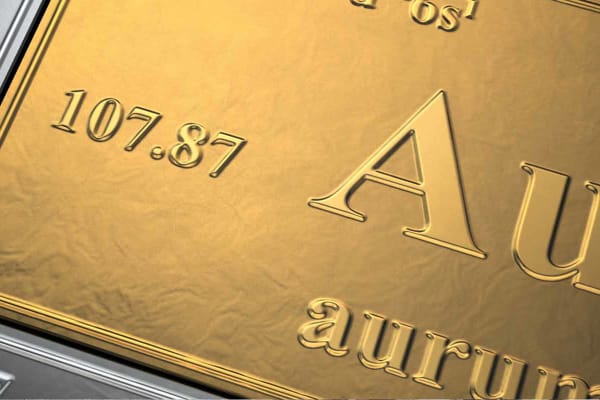
Is There Gold In Cornwall?
Uncover the truth behind Cornwall's elusive gold - its ancient origins, rare discoveries, and the future of sustainable mining in Britain's historic heartland.

The worth of gold is a challenging question to answer because the actual monetary amount changes frequently. As a physical commodity traded internationally, the value of the gold market fluctuates on a daily basis.
Gold has traditionally been used as a store of wealth during uncertain times.
Today, the 'spot' price of gold sits at £3,147.78 / ozt.
During the height of the global financial crisis, the value of gold soared to over $1,895 / ozt (£1,182 / €1,348) in September 2011. In more stable, less turbulent times, the value of gold was much lower. In August 2004, a Troy Ounce of fine gold cost just $390 (£214 / €322).
The other factor determining gold's value is its purity (or fineness). Gold bullion (bars and coins) are typically high purity (22 to 24 carat gold), whereas gold jewellery may be of lower purity. Gold purity is measured in Carats (also spelt Karats in the US). One Carat unit is the equivalent of 1/24 part gold (4.1667% pure). In the UK, the lowest recognised gold purity is 9ct gold, which is 9/24 pure or 37.5% gold. In the US, the lowest recognised purity is 10 kt, which is 10/24 pure or 41.67% gold.
Over the five years from 2005 to 2010, gold's worth substantially increased, rising from a global market price of just over £260.08 ($400.00 US) to well over £715.22 ($1,100.00 US) in April 2010. The current worth of gold is shown in the table at the top of this page. The gold price is updated every minute.

Uncover the truth behind Cornwall's elusive gold - its ancient origins, rare discoveries, and the future of sustainable mining in Britain's historic heartland.

Gold is mined by 4 different methods. Placer mining, hard rock mining, byproduct mining and by processing gold ore.

From Aurum to Gold: Uncovering the Legacy of a Precious Metal